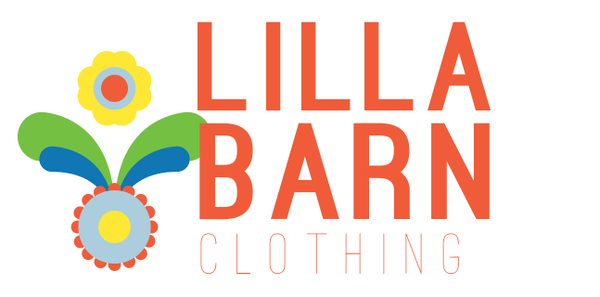You may be asking yourself, what does a personal style have to do with slow fashion? When you have a clear sense of your personal style, you know which pieces you’re more likely to wear. You’ll have a good idea of how anything new can fit into your current wardrobe. Having a defined personal style is a great way to get make more sustainable decisions.
I’m a huge fan of Brit Cooper Robinson of @dressingforthedopamine_ on IG. She boldly and vulnerably shares her life experiences and how they influence her personal style, daily dressing, and her slow fashion practice. Here are Brit's own words:
Getting dressed each day, intentionally, became a small but significant act of self-care. After years of prioritizing others, navigating trauma, and living with chronic stress, I desperately needed to infuse my life with joy and beauty, especially during the difficult process of healing. I dove into the world of personal style, admittedly without a clear roadmap at first, but with a deep desire to express myself authentically and enjoy my clothes.

It quickly became clear that my self-expression had to align with my values. I wanted to have fun with my wardrobe, but not at the expense of the planet or the people who make our clothes. This led to a firm commitment to avoid fast fashion. Through social media, I discovered a vibrant community of ethical and sustainable brands, offering stylish and exciting pieces made with responsible practices. Now, when I’m not thrifting or upcycling (which I love to do), I prioritize purchasing from these companies. Anyone who follows me online knows my deep appreciation for brands like Damson Madder and Ganni, but there are so many others doing incredible work.

A few years ago, the idea of simultaneously cultivating a fulfilling personal style and maintaining sustainable shopping habits felt like an impossible balancing act, or at best, a burdensome restriction. What I’ve discovered, however, is quite the opposite. This conscious approach to consumption has actually amplified the joy I find in each garment. It adds a layer of meaning and appreciation. Thrifted pieces carry the stories of their past lives, while new garments made from recycled materials connect me to a larger narrative, a history that might even predate me.

People often ask me for fashion advice, and my response is always the same: what feels best to you is what is most stylish and flattering. If you love it, it’s in style. We need to dismantle the toxic standards and restrictive rules we’ve been taught about clothing, our bodies, and consumption. We’ve been conditioned to believe in scarcity, but I believe in abundance – the abundance of creativity, the abundance of resources already in circulation. We can trust ourselves to be resourceful with what we already own, embracing outfit repeating and transforming existing pieces into something new and beautiful.

I’m not against shopping or acquiring new things, but I believe we can do so with intention and awareness. The world is full of brilliant, creative artists and designers, like the inspiring Bergen, and we have the opportunity to curate wardrobes that uplift us and bring us joy without contributing to overconsumption and overflowing landfills. It's about finding that sweet spot where self-expression, personal style, and responsible consumption intersect, creating a wardrobe that is not only beautiful but also meaningful and sustainable.
